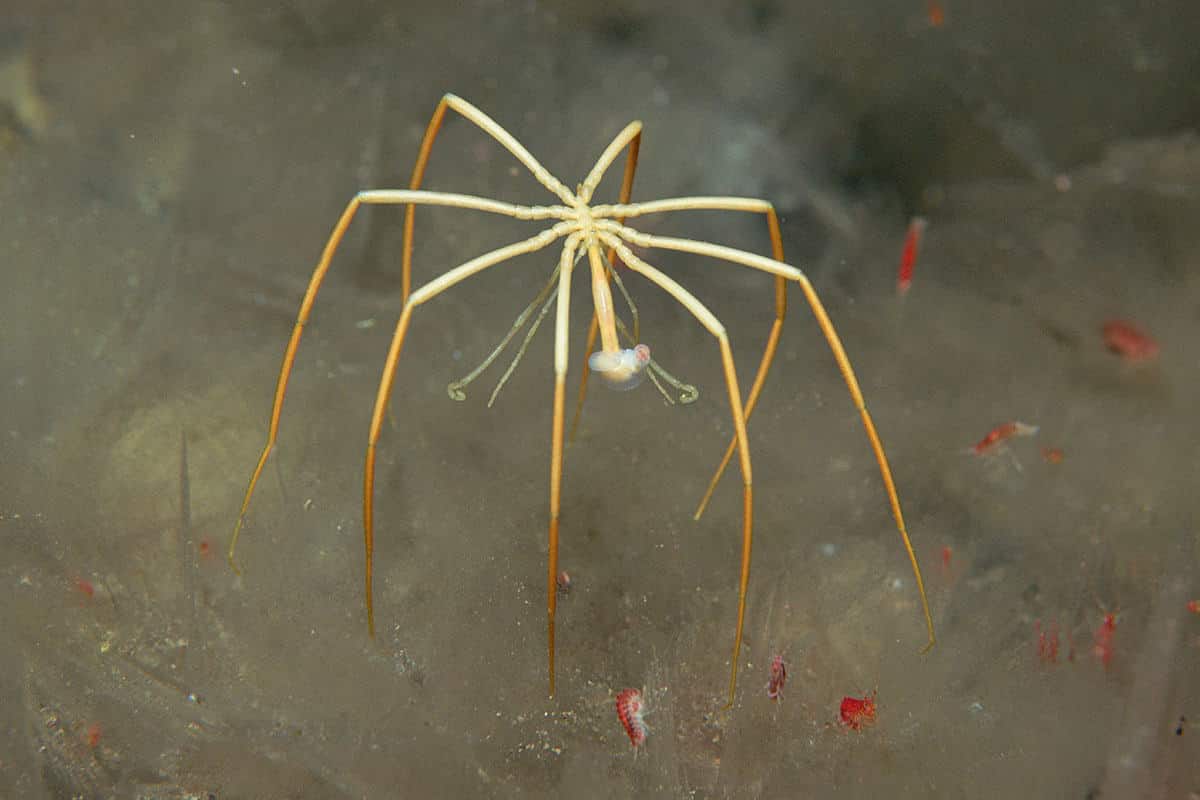Most animals use the strong, steady beating of their hearts to move blood around their bodies and keep up their supply of oxygen.
But in case of sea spiders? Ah no, not these guys. Nope, that’s too mainstream for them.
These creepy crawlies are truly creepy with looks decidedly alien, like they’re about to latch onto your face any moment. They’re mostly all legs, with a tiny body and pointy proboscis that sucks juice out of unwitting prey.
“They do all their business in their legs, even their gonads are in the legs, and the females store eggs in their legs. They don’t have any specialized structures for gas exchange either,” says Amy Moran, a marine ecologist at the University of Hawaii at Manoa, co-author of a new study on sea spiders. “We have lungs. Fish have gills. Sea spiders don’t have anything except a large surface area.”
Like most arthropods, sea spiders have hearts. But they’re weak, unable to move both oxygen and blood from the tips of the sea spiders’ pencil-like legs to the central part of their bodies.
So scientists wondered—do they breathe through their legs?
They apparently do, according to a study published July 10 in the
journal Current Biology.This discovery was made by Dr. Woods and co-authors after an Antarctic mission to explore a phenomenon known as ‘polar gigantism.’
A series of experiments and observations were carried out in 12 live species sea spiders from Antarctica and the U.S. West Coast, after dyeing and tracing the blood of the spiders, wherein not only wave-like movements of the gut pump not just food, but also oxygen was observed. The examination also involving video microscopy of tracers in the animals’ hemolymph and guts, together with experimental manipulation of the guts’ ability to contract, allowed the team to test out and confirm their hypothesis.
That trend raises a lot of intriguing questions about how the polar species manage basic life processes, including how to get enough oxygen into their bodies.
“One of the things that make sea spiders a great organism for study is that they are really skinny and, using a microscope, you can see easily into their bodies,” Dr. Woods said. “In my first season at McMurdo Antarctic Station, I found myself spending a lot of time just watching blood and gut flows in sea spiders.
“I soon realized that the sea spiders’ hearts were beating only weakly. Their hearts weren’t moving any blood beyond the spiders’ central portion. In contrast, their guts showed very strong and organized waves of peristaltic contractions. My ‘aha!’ moment was to consider that maybe all that sloshing of blood and guts was not about digestion but instead about moving respiratory gases around,” he said.
It’s certainly a strange way of doing business, but not entirely unheard of in the animal kingdom. The sea spider’s weird way of pumping hemolymph is a great example of how nature can find many different ways to solve a problem.
The researchers in a step forward hope to more closely investigate how oxygen is transported in other sea creatures with complex guts, including fish lice and other crustaceans.
































